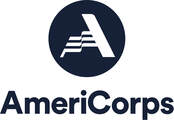|
On May 21, 2019, the Harrison County Historical Society hosted a group of 17 students from St. Mary’s Catholic School for a tour of the Historic Stealey-Goff-Vance House Museum in Clarksburg. The tour included an interactive game in which the students were shown artifacts and asked if they could identify them. The artifacts included a boot scraper, a watch fob, a canteen, leather embossing tools and a tabletop butter churn. Harrison County Historical Society Executive Director, Crystal Wimer led the tour group. AmeriCorps members Susan Cook and Sarah Insalaco assisted with the tour and games. Michael Spatafore, sixth grade teacher at St. Mary’s Catholic School, said the students enjoyed the tour and learned a lot about history. “The students loved their entire day touring historic downtown Clarksburg. The Stealey-Goff-Vance House was enjoyed because of the age of the structure and the history of the various families that have lived in the house. The children learned about life long ago, what a tanner was, and how the many artifacts in the house each told a story about famous people, places and events in Clarksburg’s history.” The Harrison County Historical Society owns and maintains the Stealey-Goff-Vance House, located at 123 West Main Street in Clarksburg. The House was built in 1807 for Jacob Stealey, an early settler of Clarksburg who was a tanner by trade. The Stealey-Goff-Vance House is the oldest known brick structure still standing in Harrison County. The architectural style is a mixture of Georgian and Victorian. It was constructed with locally-sourced hardwood, heavy stone and molded brick. In 1881, the house was sold to Nathan Goff Sr. The house was used as a doctor’s office and boarding home for about 25 years before it was purchased by Amy Roberts Vance in 1933. After the passing of Mrs. Vance in 1967, the Harrison County Historical Society purchased the house from Mrs. Vance’s sons, Cyrus and John. The Stealey-Goff-Vance House was listed on the National Register of Historic Places in 1979. Tours can be arranged by calling the Harrison County Historical Society at (304) 709-4902. Susan CookSusan served as a Preserve WV AmeriCorps Member at the Harrison County Historical Society during the 2018-2019 AmeriCorps term.  PAWV AmeriCorps member Kyle Warmack, serving with the Clio Foundation, recently co-wrote a successful grant proposal on behalf of the South Charleston Interpretive Center to reinterpret and upgrade its historical exhibit on Union Carbide, the famous chemical corporation whose headquarters in South Charleston was one of West Virginia’s largest employers from the late 1920s through the 1990s. In addition to being a key economic player in the state, the company made huge advancements in synthetic materials, from antifreeze to synthetic rubber, though its policies also resulted in tragedies such as the Hawks Nest Tunnel disaster in the early 1930s. The new exhibit, entitled “Chemical Valley: Union Carbide and the Shaping of the Kanawha,” is slated to unveil in March 2020. Much of the project’s funding is provided by the West Virginia Humanities Council, which will furnish new display hardware, interpretive signage, and lighting upgrades. Interpretive Center staff will also be conducting audio and video interviews throughout November 2019 with former Union Carbide employees to gain new insights, and a Hawks Nest Remembrance Day is planned to coincide with the exhibit’s opening in March 2020 to commemorate the 90th anniversary of work commencing at Hawks Nest Tunnel. AmeriCorps member Kyle Warmack became involved with the Interpretive Center while serving with the Clio Foundation in 2017. Originally working in an advisory role on a digital walking tour of historical South Charleston, Warmack began contributing Clio entries on Union Carbide history, the South Charleston Naval Ordnance Plant, and more before being hired to work at the Center part-time. As “Chemical Valley” progresses, further content will be added to Clio. For more information about the exhibit and upcoming events, contact the Interpretive Center at 304.720.9847 or [email protected]. Built in 1910, the Woodburn Elementary School served the children of the Woodburn Neighborhood of Morgantown, WV for decades as a place of education and as source for childhood memories. When the school closed in 2010, the children left but the school building remained, a lonely monument to times gone by in the neighborhood. However, in 2013, the building was acquired by the city and in 2014 the Woodburn School Redevelopment Commission was created in order to bring life back to the building and make it a place for childhood memories once again.
Thanks to the efforts of the commission, the former Woodburn School building has been transformed into a non-profit hub. It’s home to several programs and organizations that are dedicated to improving the community and serving the children such as Friends of Deckers Creek, Boys and Girls Club, and PopShop. In addition to bringing in these non-profits, the commission has been working to maintain and rehab the physical building itself. It was for this endeavor that I contacted the commission and started planning a project with them that would help them in these efforts. My project was a cleanup day of the garden spaces and walls of the main school building. While it might seem small in the grand scheme of preservation, a simple cleanup can and will have an impact on the other restoration efforts and the perceptions of the community. There were several vines growing on the facade of the building that my volunteers and I removed. Those vines would have exacerbated the erosion and deterioration of the brick and mortar. By clearing away the trash and clearing away dead and overgrown vegetation, the building looks more attractive and encourages people to engage with the activities hosted there. Once the garden spaces were cleared, there were new opportunities for one of the non-profits or the Woodburn community to replant and tend to the them. Not only was the commission thankful for the help, the community also appreciated the project. While I organized the cleanup day, the commission had organized a block party to take place at the school to introduce the community to the non-profits and rehab efforts taking place. As my volunteers and I cleared away the trash and vegetation, community members, including former teachers and students would come up to us and say how happy they were to see people who cared enough to take care of the building. They would smile as they walked by saying how nice it is to finally be able to walk on the sidewalk now that the vegetation was controlled. With such a positive response from community members, I have high hopes that my project has helped encourage others to take part in the good things happening at the former Woodburn School. |
Preserve WV StoriesCategories
All
Archives
August 2023
|
Get Involved |
Programs |
Contact UsPreservation Alliance of West Virginia
421 Davis Avenue, #4 | Elkins, WV 26241 Email: [email protected] Phone: 304-345-6005 |
Organizational Partners:
© COPYRIGHT 2022 - PRESERVATION ALLIANCE OF WEST VIRGINIA. ALL RIGHTS RESERVED.

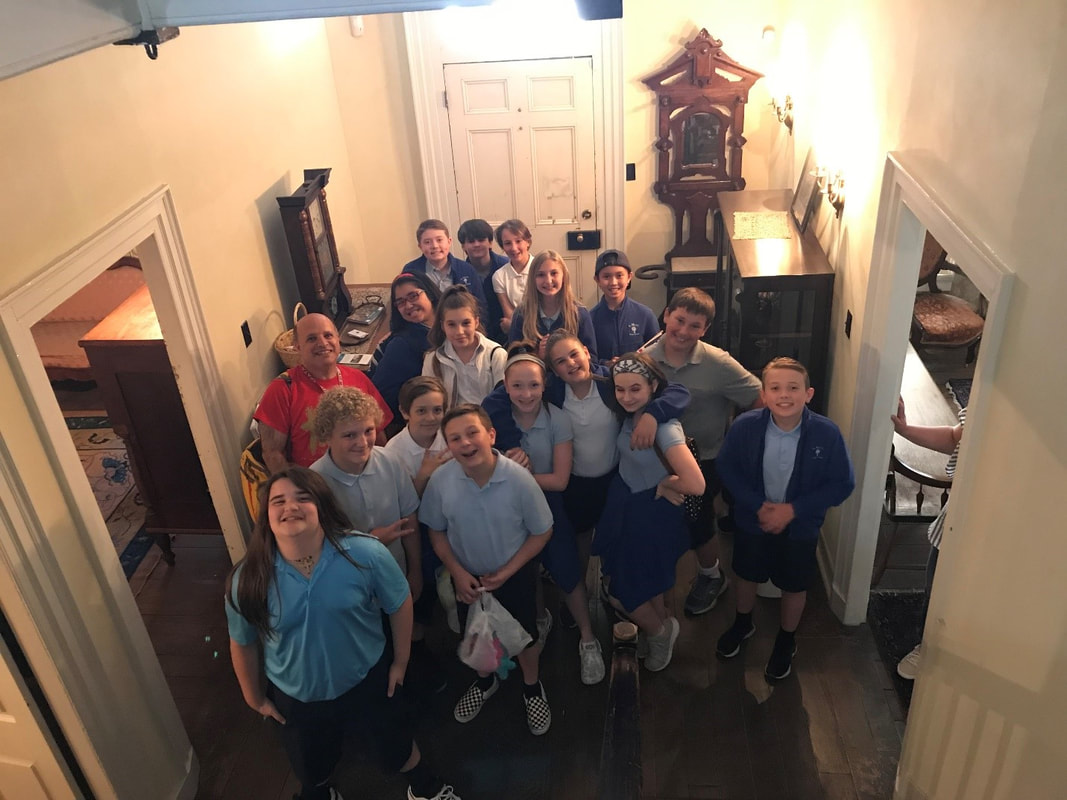
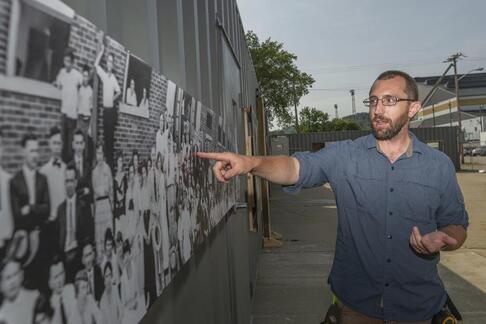
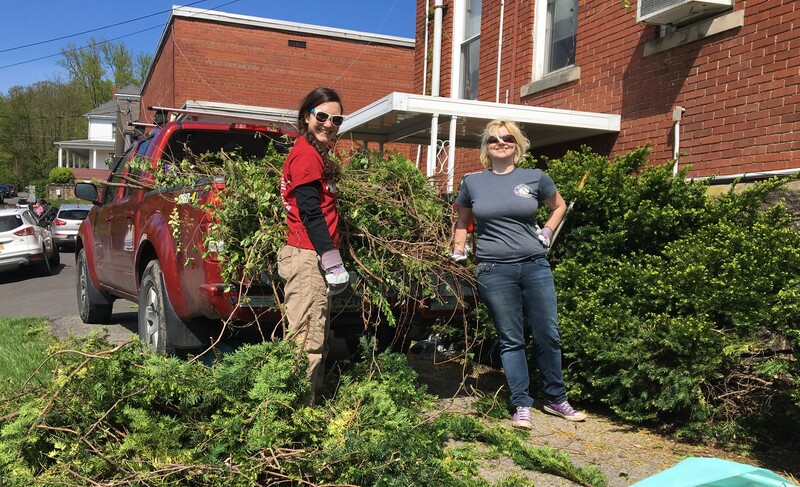
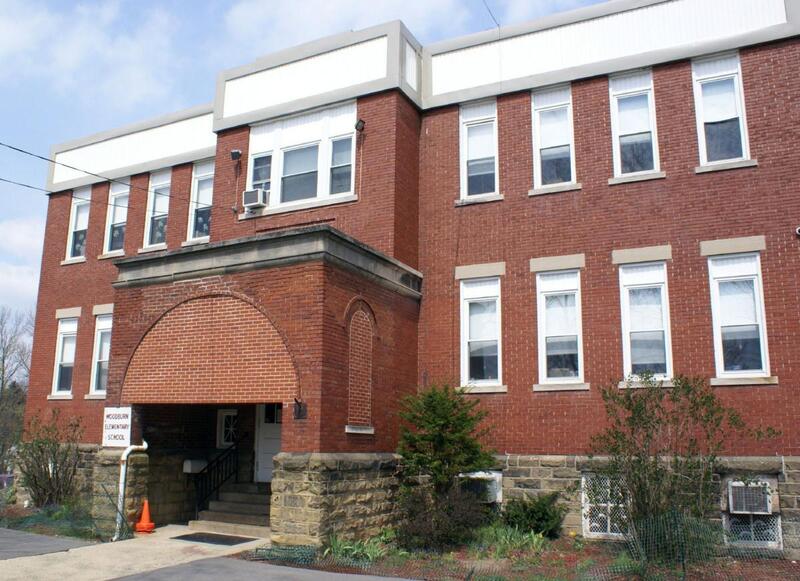
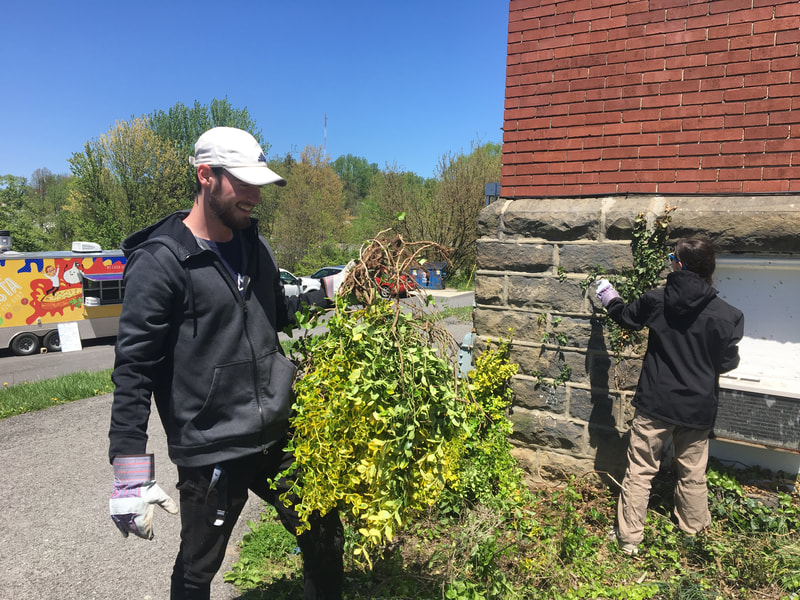
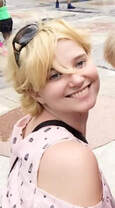
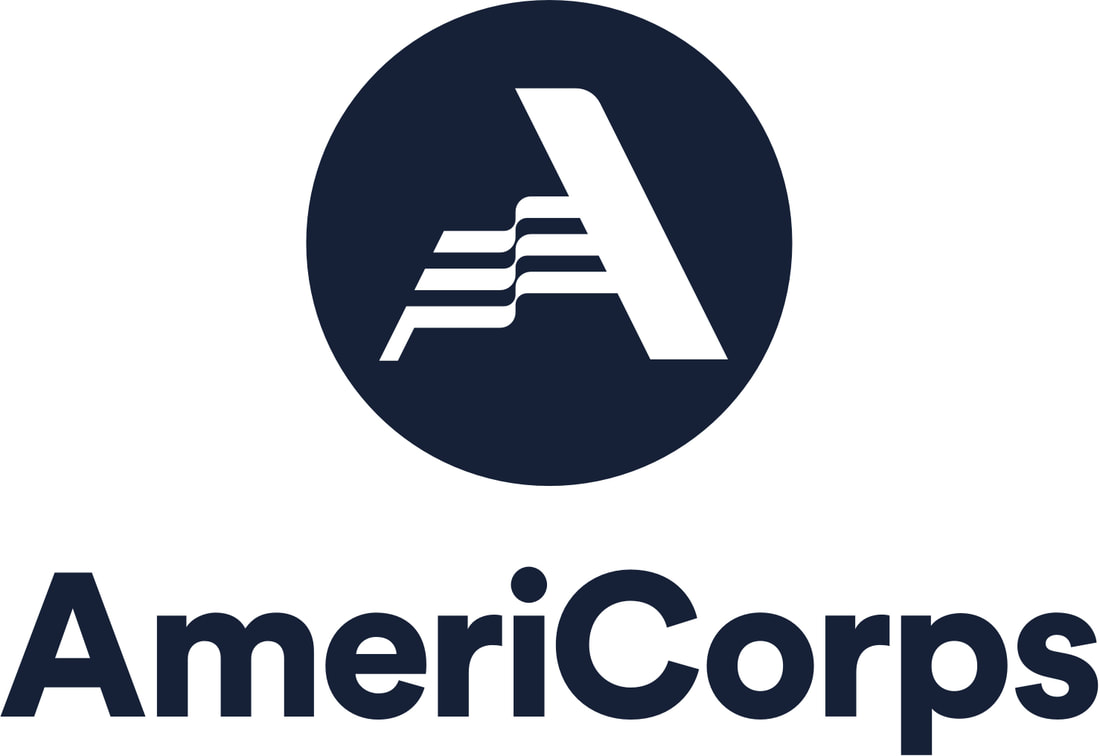
 RSS Feed
RSS Feed

